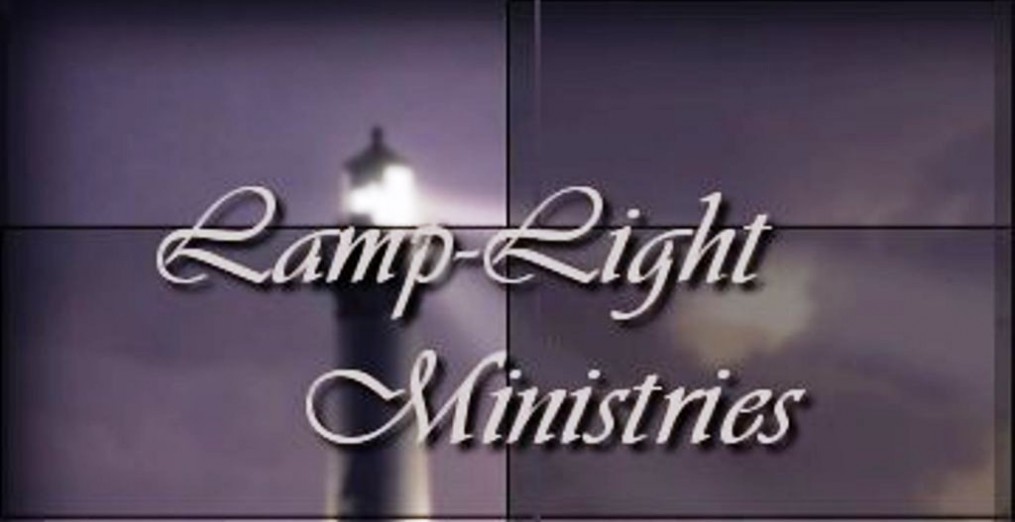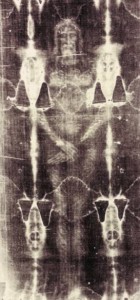By GF Herrin
Daniel 9:24 – 27
“Seventy weeks are determined for your people and for your holy city, To finish the transgression, to make an end of sins, To make reconciliation for iniquity, To bring in everlasting righteousness, To seal up vision and prophecy, And to anoint the Most Holy. 25 “Know therefore and understand, That from the going forth of the command To restore and build Jerusalem Until Messiah the Prince, There shall be seven weeks and sixty-two weeks; The street shall be built again, and the wall, Even in troublesome times. 26 “And after the sixty-two weeks Messiah shall be cut off, but not for Himself; And the people of the prince who is to come Shall destroy the city and the sanctuary. The end of it shall be with a flood, And till the end of the war desolations are determined. 27 Then he shall confirm a covenant with many for one week; But in the middle of the week He shall bring an end to sacrifice and offering. And on the wing of abominations shall be one who makes desolate, Even until the consummation, which is determined, Is poured out on the desolate.”
Daniel’s 70 Weeks prophecy is perhaps the best known of all prophetic Scripture regarding Israel and End Times. It also may very well be the most often misunderstood of all eschatological Bible passages. The prophetic passages in Dan. 9:24-27 give us a glimpse of key events that are to take place impacting Israel and its people. Understanding the Scripture properly influences greatly how one understands many other pieces of Scripture involving prophecy of things that to take place before the coming age. To properly understand the message of the prophecy of the Seventy Weeks is to understand God’s faithfulness and determination to bring forth Israel’s chosen King and Lord: Jesus Christ. Misunderstanding the Scripture is to underestimate God’s nature and faithfulness to His covenant people in respect to keeping the prophetic promises written of throughout the Old and New Testaments.
H.A. Ironside writes of the importance of understanding the Seventy Weeks prophecy:
For if the 70 weeks are to be misunderstood, then, an effort will necessarily be made to bend all the other prophetic Scripture passages into accord with that misinterpretation. But if we have a correct understanding of the teaching of this chapter, we can then see readily how all prophecy, without any forcing, falls right into place and is intimately linked with this the greatest of all-time prophecies (H. A. Ironside, Daniel, Kregel, 2005, 86).
A key to understanding the passages of the 70 Weeks in in understanding the context in which the revelation was given. It is clear from the passages in Daniel 9:1-19 that the revelation that Gabriel brought to Daniel was given to him in response to his fervent prayer. It is believed that the time period for the events described in chapter nine was approximately 70 years after Israel’s initial deportation to Babylon after the destruction of the temple in Jerusalem. The text says that Daniel had been reading Jeremiah’s writings and understood that Jerusalem would remain desolate for seventy years.
Jeremiah’s prophecies clearly indicated a 70 year period in which Israel’s land would be left desolate:
Therefore thus says the Lord of hosts: ‘Because you have not heard My words, behold, I will send and take all the families of the north,’ says the Lord, ‘and Nebuchadnezzar the king of Babylon, My servant, and will bring them against this land, against its inhabitants, and against these nations all around, and will utterly destroy them, and make them an astonishment, a hissing, and perpetual desolations. Moreover I will take from them the voice of mirth and the voice of gladness, the voice of the bridegroom and the voice of the bride, the sound of the millstones and the light of the lamp. And this whole land shall be a desolation and an astonishment, and these nations shall serve the king of Babylon seventy years (Jer. 25:8-11).
Jeremiah revealed what the Lord said would come after the 70 years in exile as well: “After seventy weeks are completed at Babylon, I will visit you and perform my good word for you, and cause you to return to this place” (Jer. 29:10). When he came to understand Jeremiah’s prophecies regarding the seventy year exile that God had appointed, Daniel was prompted to pray for Israel’s forgiveness and for Jerusalem to be delivered from its time of desolation. As is evident in the words of 9:12, Daniel was familiar with the Law of Moses and the judgment that God would bring upon Israel if they were unfaithful to Him:
Moses writes, “I will heap disasters on them; I will spend My arrows on them. They shall be wasted with hunger, devoured by pestilence and bitter destruction; I will also send against them the teeth of beasts, with the poison of serpents of the dust. The sword shall destroy outside; There shall be terror within For the young man and virgin, the nursing child with the man of gray hairs” (Deut. 32:23-25).
He also would have known of the Scripture regarding the consequences of disobedience to God: “But if you do not obey Me, and do not observe all these commandments, and if you despise My statutes, or if your soul abhors My judgments, so that you do not perform all My commandments, but break My covenant, I also will do this to you: I will even appoint terror over you, wasting disease and fever which shall consume the eyes and cause sorrow of heart. And you shall sow your seed in vain, for your enemies shall eat it. I will set My face against you, and you shall be defeated by your enemies. Those who hate you shall reign over you, and you shall flee when no one pursues you” (Lev. 26:14-17).
But Daniel must have also understood the Scripture regarding God’s promised of faithfulness and mercy if only Israel would repent and turn away from its iniquities and call upon the name of Yahweh:
“But if they confess their iniquity and the iniquity of their fathers, with their unfaithfulness in which they were unfaithful to Me, and that they also have walked contrary to Me, and that I also have walked contrary to them and have brought them into the land of their enemies; if their uncircumcised hearts are humbled, and they accept their guilt– then I will remember My covenant with Jacob, and My covenant with Isaac and My covenant with Abraham I will remember; I will remember the land. The land also shall be left empty by them, and will enjoy its Sabbaths while it lies desolate without them; they will accept their guilt, because they despised My judgments and because their soul abhorred My statutes. Yet for all that, when they are in the land of their enemies, I will not cast them away, nor shall I abhor them, to utterly destroy them and break My covenant with them; for I am the Lord their God. But for their sake I will remember the covenant of their ancestors, whom I brought out of the land of Egypt in the sight of the nations, that I might be their God: I am the Lord” (Lev. 26:40-45).
Daniel also understood from Jeremiah’s writings that God would never allow Israel to cease to exist as a people to Him. Jeremiah writes: “If those ordinances depart From before Me, says the Lord, then the seed of Israel shall also cease From being a nation before Me forever.” Thus says the Lord: “If heaven above can be measured, and the foundations of the earth searched out beneath, I will also cast off all the seed of Israel for all that they have done, says the Lord” (Jer. 31:36-37).
In Daniel 9:16, 18, Daniel appeals to God’s sense of righteousness and mercy in hope that He will turn away His anger from Jerusalem and His sanctuary. Daniel, in his sincere devotion to the Lord, is compelled to bring his humble petition to Him. There is nothing in the text to suggest that Daniel has excerpted words from prayers from people such as Nehemiah as some critical scholars have suggested (A. A. Bevan, A Short Commentary on the Book of Daniel, 1892, 150). It is Daniel’s familiarity with the Law, the writings of Jeremiah, and his intimate knowledge of the nature of God that enables him to compose such a humble prayer in chapter nine. This prayer serves as a great model for anyone needing to call upon the name of the Lord. Daniel, as a great man of faith, displays the kind of heart that God desires in His people. “The Lord is near to those who have a broken heart, and saves such as have a contrite spirit” (Ps. 34:18).
That his prayer is effective is evident in the swiftness with which Gabriel provides the answer to Daniel along with a revelation from God. Daniel pleadingly offers up a humble request on behalf of his nation, Israel, to be forgiven of sins and for Jerusalem to be restored back to its people. Understanding Daniel’s intended audience is a key to understanding the prophetic message that Gabriel brings to him. The revelation that Gabriel brings to Daniel directly addresses the remaining days for Israel. J. A. Seiss writes: “It is not the Jew and Jerusalem in one case, and Christians and the church in another. It is the Jew and Jerusalem first, last, and all the time, and nothing but the Jew and Jerusalem, and what pertains to them (J. A. Seiss, Voices from Babylon, 1879, 240). So, it is with the correct understanding of application that we must examine the prophecy of Daniel’s Seventy Weeks in 9:24-27.

